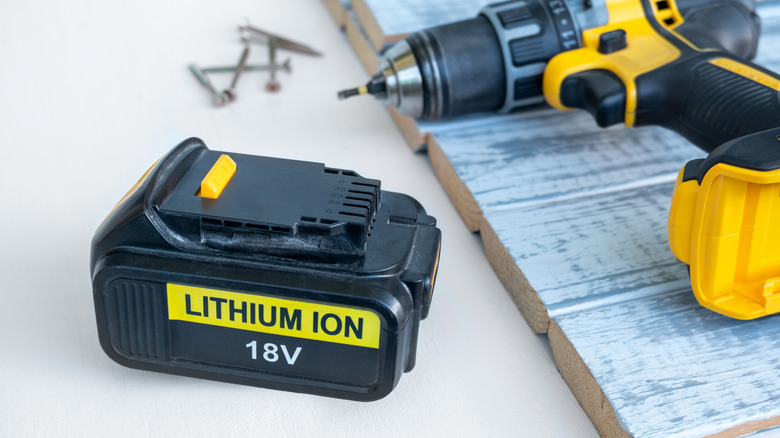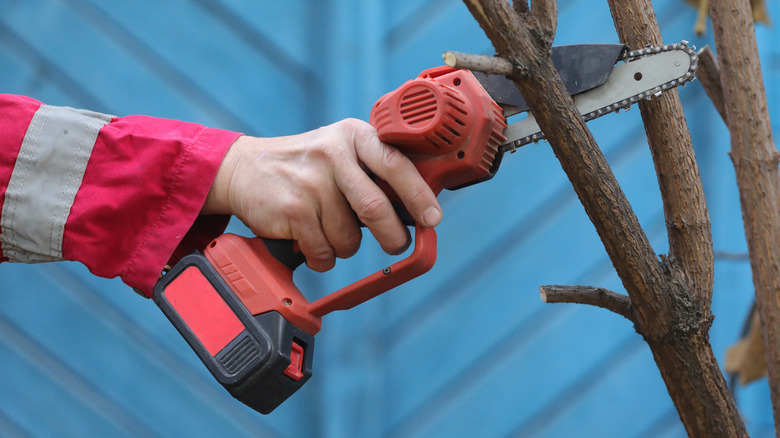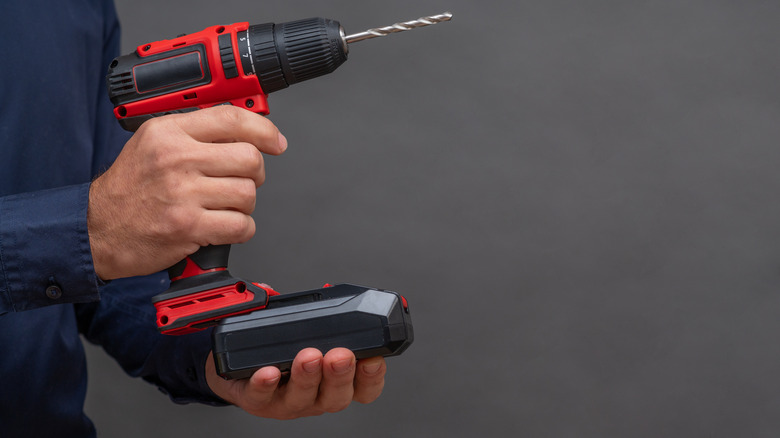How Long Do Lithium-Ion Power Tool Batteries Typically Last?
No matter how much you take care of your Lithium-ion power tool batteries, they'll eventually wear out from use. Over time, they suffer from capacity loss, where they no longer hold the same amount of charge as they did when they were new. For instance, a year-old battery might only charge up to 90% compared to a new battery that charges up to 100%. This means it won't run for as long as before when connected to your power tool of choice. When you're no longer satisfied with how fast the pack discharges, it's one of the telltale signs your power tool battery needs to be replaced.
But exactly how long does this type of battery usually last before you invest in a new one? The lifespan of a Li-ion power tool battery largely depends on its charge cycle, the process of discharging and recharging the battery. The more charge cycles it has completed, the shorter its remaining lifespan will be. Depending on the brand, a power tool battery may go through as few as 300 or as many as 2,500 charge cycles before you notice a significant drop in its capacity.
Typical power tool battery lifespan
Different power tool brands offer different quality batteries, so expect a variation in their battery lifespan. For instance, DeWalt Lithium-ion power tool batteries last for 300 to 500 charge cycles. If you don't typically fully discharge and fully charge them, they're good for roughly two to three years. Some brands provide far bigger battery cycle counts. EGO batteries can be recharged around 800 to 1,000 times, while Greenworks power tool batteries support up to 2,000 cycles. Stihl's AP packs can reach as many as 2,500 cycles.
Unfortunately, most major power tool brands don't explicitly mention how many battery cycles their packs can endure. But one good indication of the batteries' reliability is the warranty the brand offers. That means the packs are expected to remain functional for at least the length of the warranty. Most of the time, power tool batteries are covered for three years. This is true for Bosch, Makita, and RIDGID.
For Milwaukee, the warranty period for the Lithium-ion battery packs depends on the model but ranges from one to five years. For instance, the M18 RedLithium High Output HD12.0 is eligible for repair or replacement for three years, while the MX FUEL RedLithium XC406 is only warranted for two years. Ryobi's power tool batteries also have different warranty periods based on the platform. It's three years for the 18V and 40V packs, two years for the USB Lithium packs, and five years for the 80V packs (household use only).
Tips on prolonging the life of your power tool Li-ion batteries
While power tool batteries won't last you forever, you can maximize their lifespan with a few tips and tricks on usage and storage. Probably one of the biggest things to watch out for is extreme temperatures. Your power tool battery will naturally run hot while in use. If you feel that your tool is starting to lose power, stop working and remove the battery from the tool. It might be overheating, and continuous use can damage it. Before charging a power tool battery, you should also let it cool down to room temperature for about 15 minutes first. Avoid plugging it in immediately after use, as it might not charge.
How you store your power tool batteries can affect their lifespan as well. Manufacturers recommend keeping the battery packs in a clean area, away from moisture, direct sunlight, and metallic objects that might short the terminals. Take care not to drop or leave the battery loose in a moving car to prevent unnecessary vibrations to the pack. Whenever possible, keep the ambient temperature of the storage location ideally at around room temperature. Storing your tool batteries in a hot car or garage, or somewhere extremely cold, will ultimately damage them. Make sure to remove your batteries from the tool or charger, as they could discharge faster.
It's a bad idea to store your power tool battery fully discharged or fully charged. Lithium-ion batteries self-discharge when not in use and are put in stress at high voltages. The best compromise is charging the pack to about 50% before putting it away. If the battery will be in storage for months, make sure to top it up every six months to avoid completely discharging it and permanently losing its capacity.


